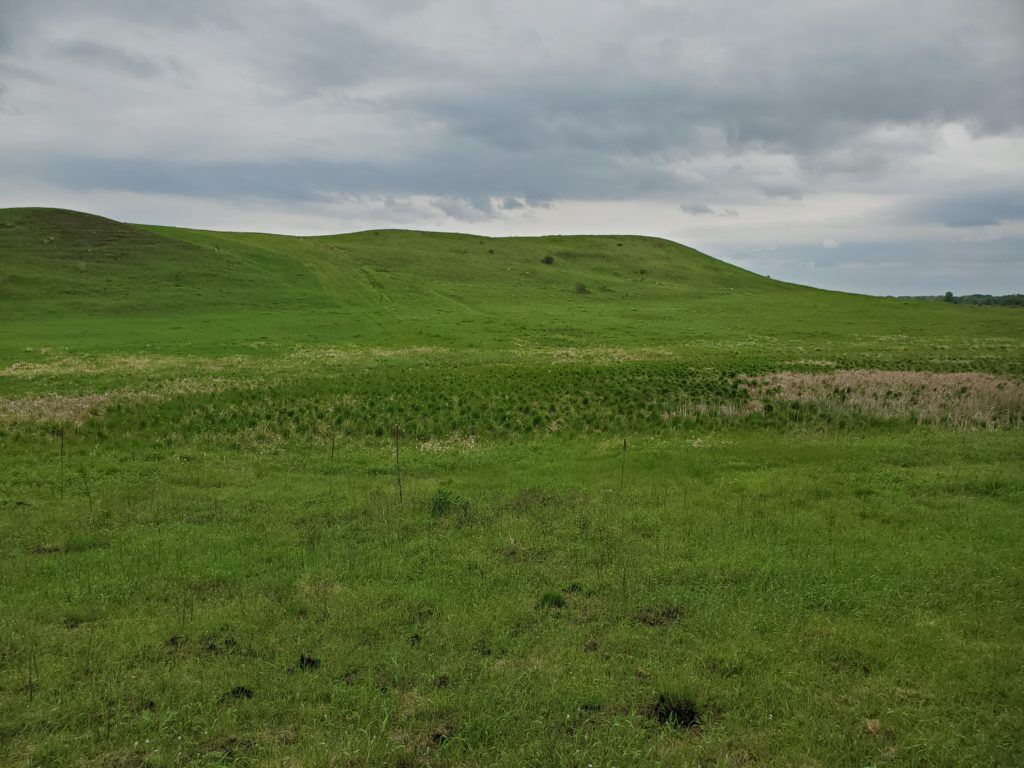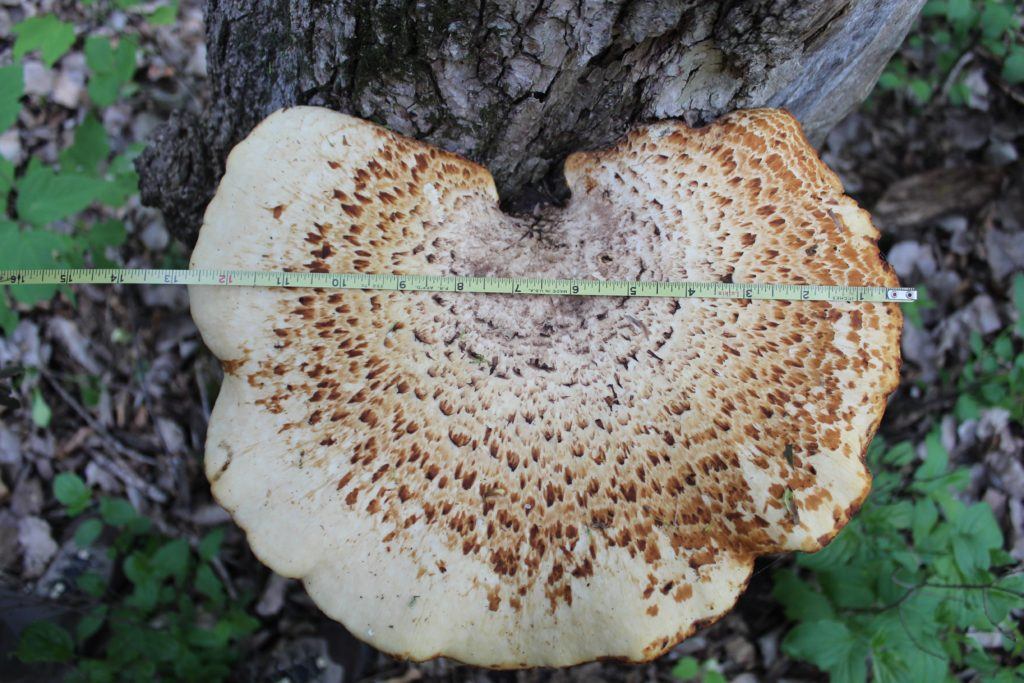My Trip to Three Scientific and Natural Areas in One Day

By Ashley Rezachek, Communications Outreach Specialist Individual Placement / AmeriCorps Member placed at MN DNR Scientific and Natural Areas Program.
The late spring days were getting warmer and warmer, and I was itching to get outside and explore nature.
My regular week consisted of me mostly sitting at my desk in front of my computer. I’m a Communications and Outreach Specialist for the MN DNR’s Scientific and Natural Areas (SNAs) Program. Nearly every day I write about SNAs and scroll through hundreds of photos of Minnesota’s most natural areas. While I love learning about these sites, researching them, and viewing them through photos, it’s not the same as experiencing the SNAs myself!
So on a Sunday morning, my dad and I decided to make a day of exploring as many SNAs as we could. First, we traveled to Cottonwood River Prairie SNA in Brown County, Minnesota. The prairie was bright green with boulders speckled throughout the landscape, and a hill on the horizon. This 347-acre SNA immediately brought about a sense of peace for me, as we walked further into the seemingly ever-expanding SNA.

It was obvious that a prescribed burn had been applied to a section of the prairie earlier that year. I could tell by the charred vegetation that remained. It was amazing to see life spring from those burnt areas from wildflowers to sprouting grass. Walking further into the prairie’s western unit we found more flowers, caterpillars, birds, and turtles, among other wildlife. Later we checked out the prairie’s eastern unit, where we found an even greater diversity of wildflowers from prairie smoke to prairie blue-eyed grass to pasqueflower, and hoary puccoon. We continued to climb up and down hills, using iNaturalist to identify various plants, before we decided to move on to the next SNA.
Next, we found ourselves at Chamberlain Woods SNA in LeSueur County, Minnesota. When we walked in we accidentally startled a turkey who had been nesting on its eggs. Further in we found red columbine and wild blue phlox blooming, their colors complimented each other beautifully. It was quite buggy here, regardless I was grateful to explore the woods, which is my favorite habitat type. It was also a great place to find fruiting mushrooms of all shapes, colors, and sizes. We made it to the edge near the river and decided to turn back, before heading to our last SNA site for the day.

Around 5:30 p.m. we made it to Savage Fen SNA in Scott County, Minnesota. I had never been to a fen before and was curious to see what it had in store.
“Calcareous fens are rare and distinctive peat-accumulating wetlands. They depend on a constant supply of upwelling groundwater rich in calcium and other minerals. This calcium-rich environment supports highly diverse and unique rare plants that tolerate low oxygen conditions, calcium carbonate deposits, low nutrient availability, and relatively cold organic soils (peat)—the calcareous fen ecosystem,” according to the MN DNR.

Fens rely on groundwater, which makes them vulnerable to surrounding land uses that affect hydrology. Long-term protection of this site will rely on “fen-friendly” practices in the surrounding area, according to the Savage Fen website. The soil texture at this site was noticeable softer and the color was dark black-brown. This was definitely a site I would like to visit again. There was so much biodiversity there. We found marsh marigold, wild geranium, starry false lily-of-the-valley, ferns, pheasant back mushrooms, a garter snake, and much more.
By the end of the nearly nine-hour day, we had walked many miles and identified multiple native plant species. I had also snapped hundreds of photos to include in the SNA Program’s photo database and gathered enough information to write a story in the Summer edition of Nature Notes — the SNA Program’s quarterly newsletter. Overall, it was an exhausting day, but I very much enjoyed it.